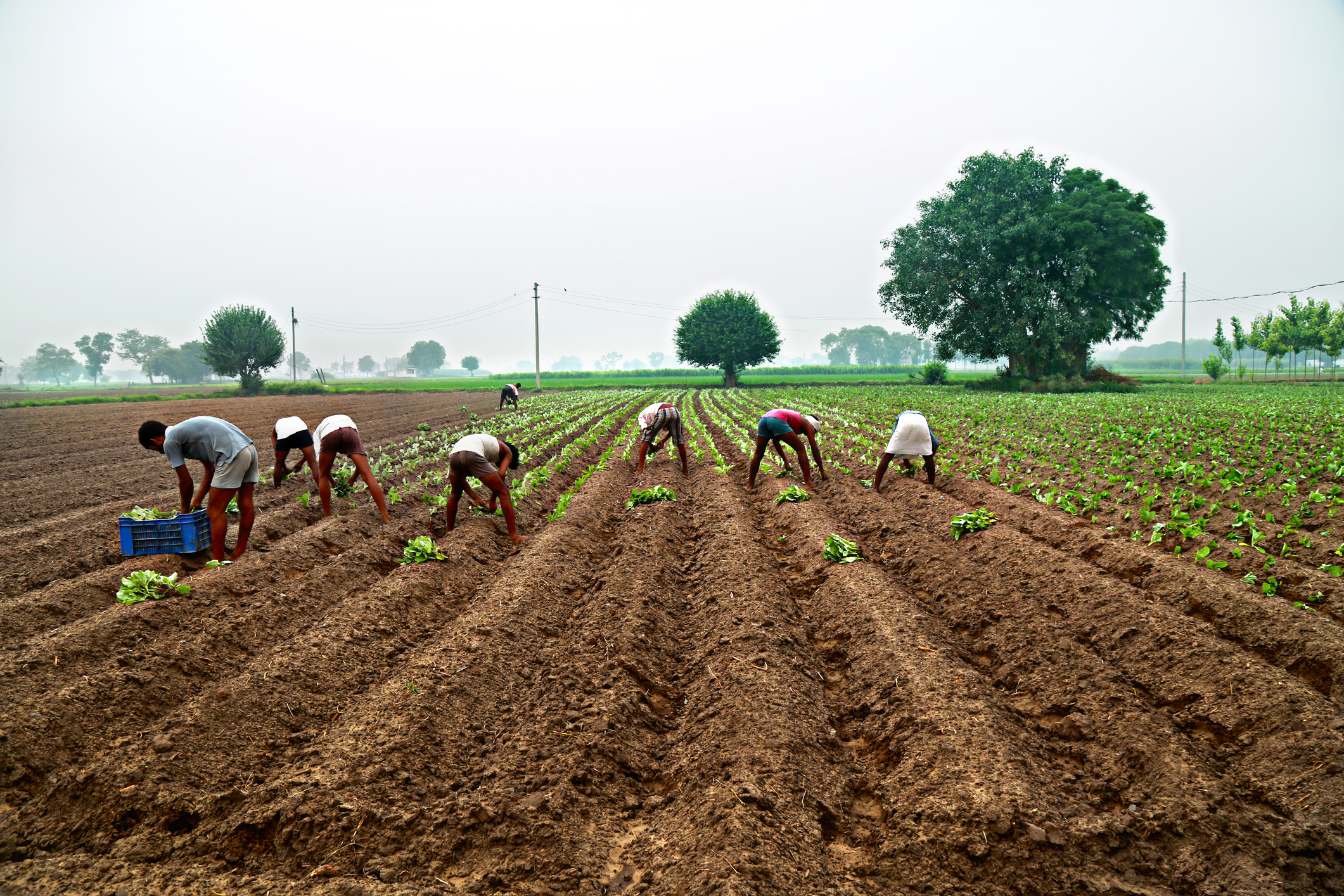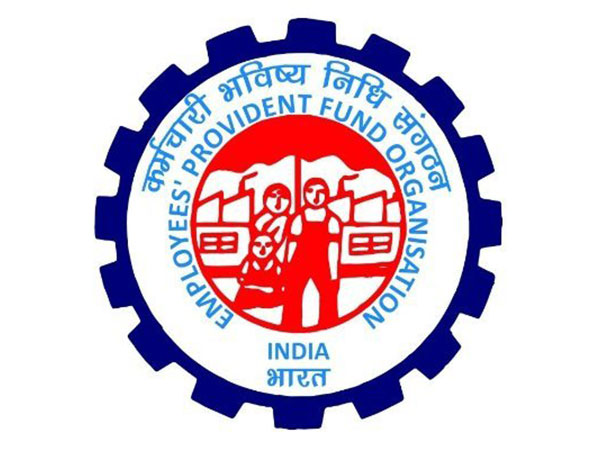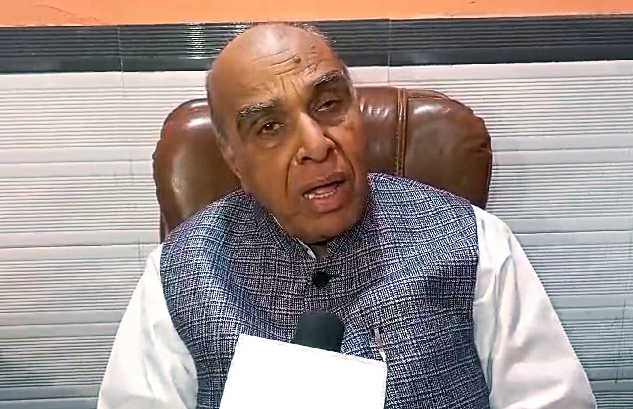India’s agriculture sector has exhibited strong growth in recent years, with an average annual increase of 5 percent from FY17 to FY23, highlighting its resilience in the face of various challenges, according to the Economic Survey 2024-25
The survey, tabled in Parliament on Friday, pointed out that in the second quarter of FY25, the agriculture sector recorded a growth rate of 3.5 percent. This performance represents a recovery compared to the previous four quarters, during which growth rates varied from a modest 0.4 percent to 2.0 percent.
The recent rise in the growth rate can be attributed to improved conditions, potentially driven by favorable weather patterns, advancements in agricultural practices, and government initiatives to enhance productivity and sustainability within the sector, the survey said.
Assured remunerative prices, improved access to institutional credit, crop diversification, support for sustainable practices, and enhanced productivity have played a crucial role in sustaining the growth observed, it added.
The survey also noted that, riding on a good monsoon, kharif foodgrain production in 2024 is projected to reach 1647.05 Lakh Metric Tonnes (LMT), indicating an increase of 89.37 LMT compared to the previous year and 124.59 LMT above the average kharif foodgrain output, which bodes well for food security.
Agricultural income has increased at an annual rate of 5.23 percent over the past decade, compared to 6.24 percent for non-agricultural income and 5.80 percent for the overall economy, according to the survey.
India’s agriculture is characterized by diversity, with performance varying significantly across different segments and states. As a major global cereal producer, India accounts for 11.6 percent of the world’s total output. However, crop yields in the country are considerably lower compared to those of other leading producers, underscoring the need for productivity improvements.
High-value sectors such as horticulture, livestock, and fisheries have emerged as the primary contributors to the overall growth of agriculture. Among these, the fishery sector has demonstrated the highest compound annual growth rate (CAGR) at 13.67 percent, followed by livestock with a CAGR of 12.99 percent during FY15 to FY23 (at current prices).
The crop sector has experienced a modest compound annual growth rate (CAGR) of 2.1 percent from FY13 to FY22. This increase is largely driven by notable growth in the production of fruits, vegetables, and pulses.
However, the survey points out that the slower growth rate of oilseeds, at 1.9 percent, raises concerns, especially given India’s heavy reliance on imports to satisfy domestic edible oil demands.
The survey also highlights that climate variability can present significant challenges; however, farmers with diverse income streams are better positioned to navigate these uncertainties. Allied activities such as animal husbandry, fisheries, or agroforestry can enable farmers to mitigate risks effectively.
Various government initiatives, such as the Per Drop More Crop (PDMC) scheme, the National Mission on Sustainable Agriculture (NMSA), the Digital Agriculture Mission, and the e-National Agriculture Market (e-NAM), are specifically designed to address these challenges, the survey added.
-IANS




















